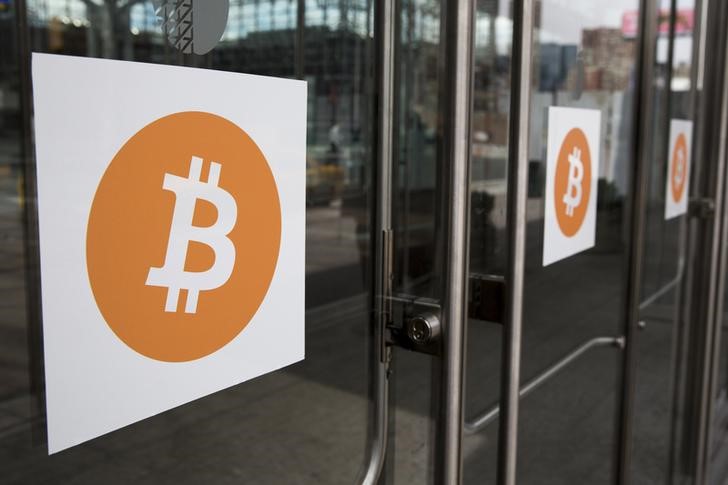Benzinga - In mid-2024, Bitcoin's supply will halve, exerting deflationary pressure on BTC. However, Bitcoin's four-year halving cycle, despite historically driving price appreciation, is becoming less predictable and lucrative due to Bitcoin's mainstream adoption. This adoption exposes Bitcoin to more external influences, such as regulation and macroeconomic conditions, complicating the isolated trading impact of the halving.
Solving for this issue is Seasonal Tokens, an ecosystem offering frequent, predictable trading opportunities to enhance wealth, even with a constant token price. This article will delve into Bitcoin and Seasonal Tokens, comparing their potential for cyclical trading returns.
Understanding Bitcoin
Bitcoin was the first cryptocurrency and is the benchmark for all others, or altcoins. It operates on a decentralized blockchain, eliminating intermediaries in financial transactions. Often likened to digital gold, Bitcoin's value lies in its scarcity, portability, immutability and divisibility. With its capped supply and deflationary nature, Bitcoin is an increasingly popular alternative asset, hedging against inflation.The Bitcoin Halving The Bitcoin halving event, which reduces the supply of new Bitcoin by half, has traditionally played a significant role in shaping Bitcoin's price and the wider crypto market. The next halving, slated for mid-2024, will further decrease Bitcoin's already low inflation rate of under 2%. This automated, anti-inflationary process, ingrained in Bitcoin's mining algorithm, will continue until all BTC are mined by 2140.
Bitcoin Halving Analysis:
Source - Jason Pizzino
Despite being a relatively new asset, Bitcoin's price patterns around previous halving cycles (2012, 2016, and 2020) have shown a degree of predictability. This can be attributed to Bitcoin's growing status as an alternative asset and the anticipatory nature of the halving event.
Unveiling Seasonal Tokens
Seasonal Tokens offer a non-speculative alternative to Bitcoin and Litecoin. The ecosystem includes four proof-of-work (PoW) tokens – Spring, Summer, Autumn and Winter – designed to oscillate in price over several years. This predictable fluctuation allows traders to maximize holdings through strategic token swaps, mirroring seasonal strategy adjustments in sectors like agriculture and tourismEvery nine months, one of the four Seasonal Tokens halves its supply, leading to a predictable price oscillation. This decentralized process operates on the blockchain, facilitating global peer-to-peer trading. As the market adjusts to the reduced supply, the halved token's price increases, providing trading opportunities to increase holdings.
Comparing Litecoin & Seasonal Tokens
Bitcoin and Seasonal Tokens are both built on the blockchain, and employ a proof-of-work (Pow) consensus mechanism to secure the network and facilitate trustless peer-to-peer transactions. However, despite their similarities, Seasonal Tokens differ from Bitcoin a in numerous ways.At the heart of these differences, is the fact that Bitcoin only has one native asset (BTC), compared to Seasonal Token’s four unique native assets – Spring, Summer, Autumn and Winter tokens. This importance distinction has the following implications:
Seasonal Tokens: The Superior Choice For Cyclical Trading Seasonal Tokens offer a dual-pronged approach to profit: holding a token for sale at a higher price, and trading seasonal trends to augment total holdings.
The key to compounding returns lies in swapping one token for more of another. For instance, during the Spring halving, 1 Spring token could be traded for 1.5 Summer tokens. Post-Summer halving, the 1.5 Summer tokens could be swapped for 2 Spring tokens.
Thus, even with a constant Spring token price, traders profit by doubling their Spring token count. This is made possible by the engineered price oscillation of Seasonal Tokens. This means that unlike Bitcoin, where traders primarily buy and hold, traders in the Seasonal Tokens ecosystem can trade among tokens to compound their holdings in terms of quantity, not just dollar value.
Analyzing Miner Profitability: Bitcoin Vs Seasonal Tokens Bitcoin and Litecoin rely on PoW mining, which halves the reward for mining over time, resulting in decreased profitability for miners. For instance, Core Scientific, a major Bitcoin mining company, recently filed for Chapter 11 bankruptcy due to high energy costs, falling Bitcoin prices and reduced production post-halving.
Seasonal Tokens mitigate this with their four tokens, allowing miners to switch to another token post-halving. When one token's production halves, the other three buffer the mining economy, stabilizing the halving shocks and ensuring a smoother transition for miners and traders.
The Future Of Trading With Seasonal Tokens
While trading the Bitcoin halving cycle can be profitable, it remains speculative and infrequent, leading to multi-month periods of extreme price fluctuations.Seasonal Tokens, on the other hand, offer a more regular alternative for cyclical traders, potentially compounding their wealth annually, irrespective of market conditions. Due to the more frequent nature of halvings, Seasonal Tokens are less volatile and offer greater clarity, eliminating the extreme speculation that can arise between Bitcoin's lengthy halving schedules.
Featured Photo by André François McKenzie on Unsplash.
This post contains sponsored content. This content is for informational purposes only and is not intended to be investing advice.
© 2023 Benzinga.com. Benzinga does not provide investment advice. All rights reserved.
